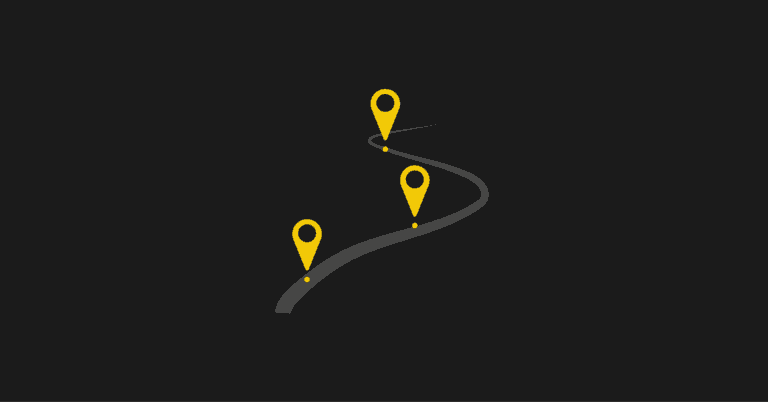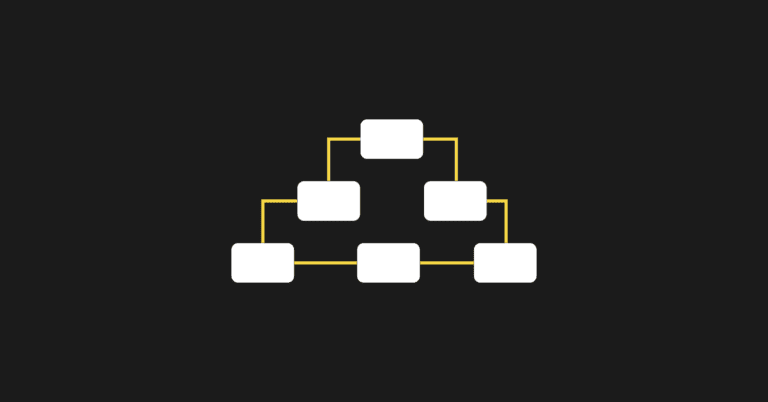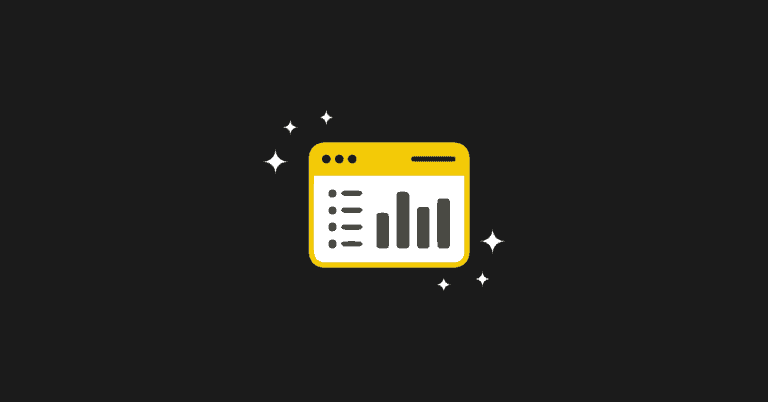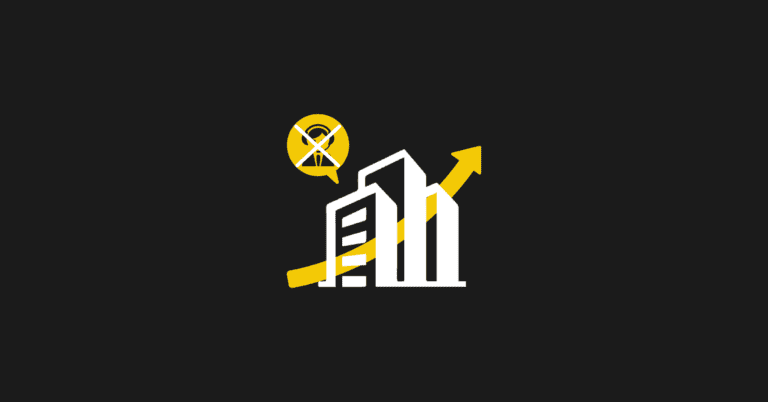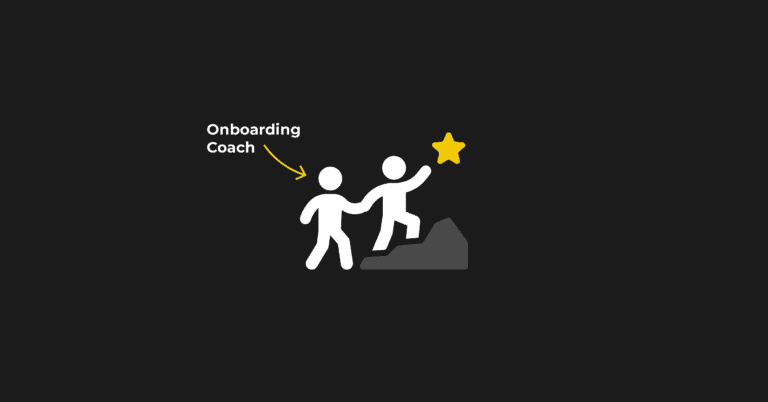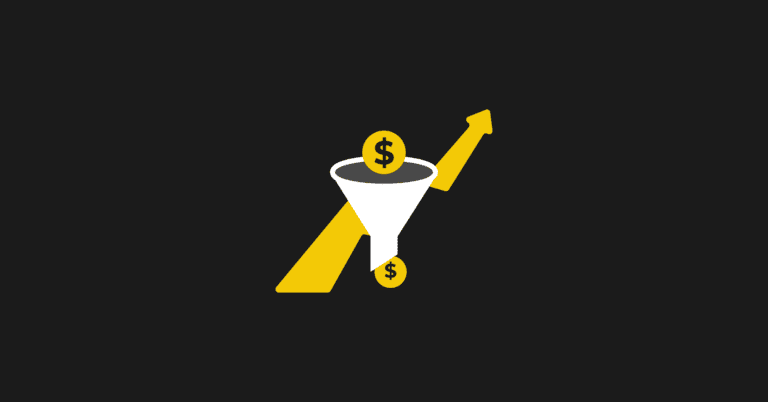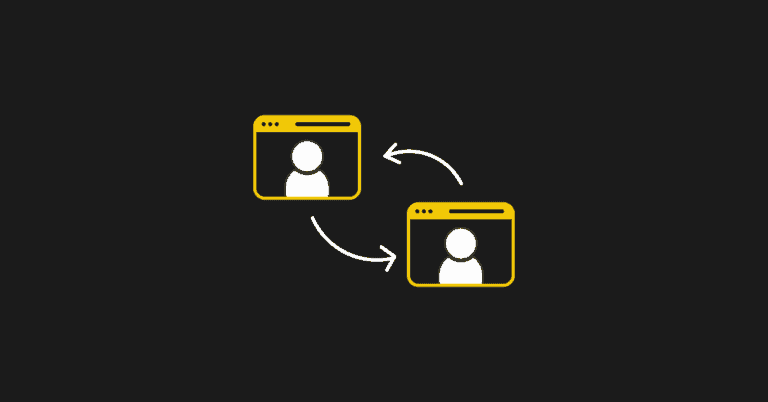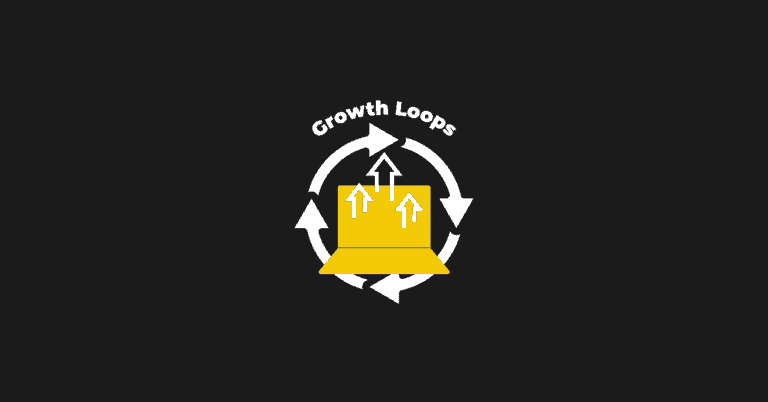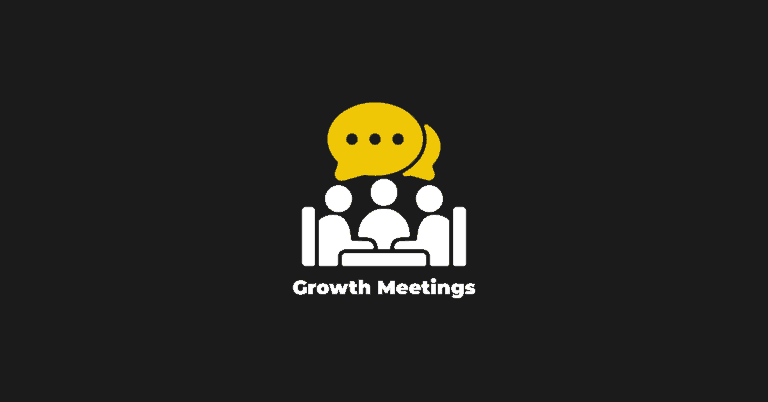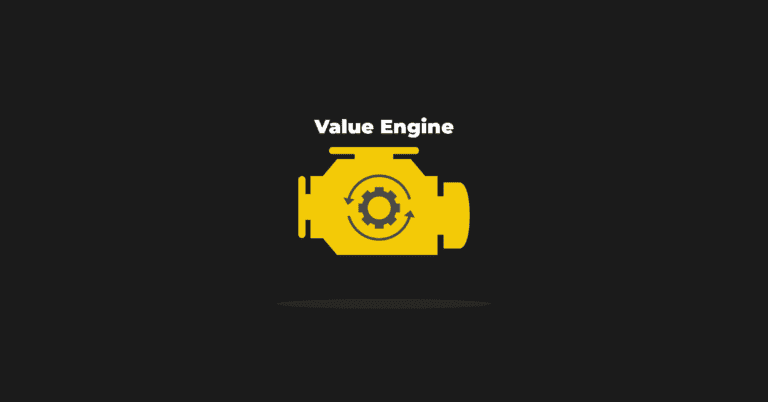"Freemium is like a Samurai sword: unless you’re a master at using it, you can cut your arm off." - Rob Walling
In my words, don’t mess it up. 😉
Easier said than done.
Since the rise of product-led growth, more companies than ever before are launching a free product.
Whether you call it freemium, free trial, or some sort of hybrid, for the purposes of this article, it doesn’t matter. They’re all a way of being product-led and giving your users an easy way to try before you buy.
You can iron out what model will work best for your business in this article.
What I’m going to debunk here is what environments your free plan will absolutely thrive in and where it might flop.
Because let’s face it, just slapping on a free trial to your clunky enterprise tech that has a super long time-to-value might not be the best idea…
Users will have to slog through a bunch of hoops to figure out how to get value. What’s likely to happen is management will label this attempt as “going product-led” just didn’t work out.
But I’m not going to let that happen to you.
So let’s figure out where freemium will thrive for your business, shall we?
Before we dive into the nitty-gritty, let me share a personal story with you.
Trial & Erroring Our Way To Freemium
Back in 2016, when I worked at Vidyard, a video hosting company, the majority of our customers came through a sales-led motion.
We had a 30-day free trial where anyone could sign up for our product and test it out.
Internally, the focus was always on closing the sales leads and the free trial wasn’t really that successful. If anything, it felt like a nuisance to a certain degree.
The free trial was cannibalizing our demo requests after all...
In our free trial, users could sign up, poke around, and test out the tech, but it never really felt successful internally.
Why?
Two reasons.
1) We weren’t seeing a strong uptick of free trial users becoming paying customers.
2) We were asking folks to do a lot.
To experience the value of the product as a video hosting analytics platform, users need to accomplish these major steps:
- Sign up
- Create & upload a video
- Embed the video on your site
- Send traffic to that page
- Review analytics on the video
It doesn’t look like a ton of steps, but....
Did you already have a video ready to upload when you signed up?
Probably not.
Uploading a video is a big ask.
That one ask was our free trial killer.
It didn’t seem that big to us at the time, but it torpedoed our chances of being product-led in the early days.
Fast forward to the end of 2016, when we launched a free chrome extension, called ViewedIt. We made it incredibly easy to create and upload videos. With a click of a button, you could record your screen, send it to anyone you wanted, and then get the analytics behind who watched the video.
This product eliminated that clunky need to upload a video to Vidyard.
You could record a video in less than a minute. It was then uploaded automatically to Vidyard, and you could easily share it with someone.
Boom.
Within the next year this product acquired more than 100k users and has since been used by millions.
Now, why was the first attempt with a free trial a flop and the second attempt a hit?
That’s the million-dollar question.
And I’m here to tell you that it all comes down to one simple thing.
Understanding your customer journey.
I know. I know.
This is the least sexy thing to say.
But hear me out.
Understanding Your Customer Journey 101
A customer journey is a series of steps and obstacles that your potential customer will need to overcome in order to be successful.
Let’s say your goal in life is to build a successful business, where do you start?
If you were to break it down, your first few problems to tackle might be something like:
- Craft your offer
- Attract your customer’s attention
- Convert your first customer
- Invoice customer
- Collect cash
- Deliver on product
We call these beginner problems along the customer journey.
Once you get your first few customers, another level of problems appears.
Those problems might look like:
- Keep track of invoices.
- Give customers the option to pay by credit or debit card.
- Find a repeatable marketing channel.
- Find tasks to delegate or outsource to free up time.
We call these intermediate problems along the customer journey for building a business.
Eventually, if you’re seeing great success, you might upgrade your problems to the likes of:
- Automating marketing messages.
- Automating user onboarding.
- Creating processes around every core area of the business.
- Hiring leadership team.
We call these advanced problems along the customer journey for building a business.
Same potential customer but much different problem sets at each level.
As Mark Manson wrote in his book, the Art of Not Giving a Fu$#, “Life is essentially an endless series of problems. The solution to one problem is merely the creation of another. This is the most simple and basic component of life: our struggles determine our successes.”
When applied to your product strategy, the same logic applies.
Once you tackle your customer’s beginner problems, they have a whole new set of ones.
The goal here isn’t to eliminate problems for your customer, it’s to upgrade them so they can focus on better problems.
Take setting up a product analytics solution like Mixpanel, Amplitude, or Heap. Your beginner problem before setting it up might be that you have no insight into how users are using the product. All you see is that you have a lot of short-term churn.
Once you install product analytics, you then see there’s a large number of users who are stuck on a certain step that’s preventing them from receiving value.
You’ve solved one problem but then introduced a better problem.
Now that you have that context, we can begin to tie in how your customer journey plays a critical role in your freemium model strategy.
How To Apply Customer Journey Thinking To Your Freemium Model Strategy
Beginner problems are easy to solve.
Intermediate problems are time-consuming to solve.
Advanced problems are tough to solve.
Case in point.
When learning tennis, your first beginner problem to tackle might be getting the ball over the net on a serve.
Once you hit the ball over the net consistently, now the intermediate problem is to get your opponent out.
Now there’s 10x the number of moves, strategies, and ways to work on that one intermediate problem.
Yikes.
When it comes to your freemium strategy, which problem set do you want to solve first?
Beginner problems?
Intermediate problems?
Or advanced problems?
I’ve seen companies try all three and you can potentially have a freemium model that tackles advanced problems right out of the gate (especially if you’re in the B2C space).
Yet, when you’re just starting out, I’d be doing you a disservice if I didn’t recommend starting with solving your customers' beginner problems through your freemium model.
Beginner Problems Applied To A Freemium Model
Why start with beginner problems for a freemium model?
These are the top 4 reasons!
1. Beginner problems are easier to solve than intermediate or advanced problems
Have a problem with sending an email out to your list?
Let’s face it, helping someone send one email is a lot easier than creating an automated email campaign that sends out thousands of personalized emails a day to engaged prospects.
One is a beginner problem, while the other is an intermediate problem.
2. Beginner problems have a faster time-to-value
Beginner problems are inherently easier to solve than complicated problems. Nothing groundbreaking there. The beauty is in how quickly you can help these users see value in your product and upgrade their problem set.
Let’s say you start solving advanced problems with your freemium model, well it’s going to take a lot longer to help them.
3. Once you upgrade your customer’s beginner problems, they’ll trust you to help them solve their intermediate problems, and so on
I’ll mention it again. The goal here isn’t to eliminate your customer’s problems, it’s to upgrade their problems. The sooner you do that, the sooner you can help your customers solve a more advanced set of problems. When you help them out with their beginner problems, they’re a lot more likely to stick around and trust your product to solve their advanced problems.
4. You’re going to have access to a larger Total Addressable Market (TAM) then your competitors
Ever wonder how many NBA players there are in any given year?
There are only 529 players across 30 teams.
Ever wonder how many people play basketball?
It’s well over 450 million people.
That’s the difference between having a market of 529 folks or a market of 450 million.
In this example, that’s an 850,000% increase in the TAM.
This is important to note because when you focus on solving beginner problems, you’re tapping into a TAM that can be many times bigger than your current one.
And the best part is if you’re the first one using a freemium model in your industry, nobody else is bothering to target these people.
Bingo!
Now that we’ve identified that your freemium model should focus on solving beginner problems along your customer journey, the next problem you need to solve for is...
What to include in your freemium model?
Bear in mind that I won’t be able to do this answer justice since there’s a lot of factors that go into this. That’s why we built the Product-Led Growth Certificate Program…
But what I can promise is that I’ll leave you with some heavy-hitting questions that will guide you in the right direction.
Start with asking yourself these three questions:
What does end customer success look like?
End customer success is the final destination along any customer journey.
Let’s go back to our example of someone who wants to build a successful business.
That’s a noble goal but it’s not necessarily end customer success.
End customer success might mean any number of things in this example such as:
- Financial freedom: ability to only work on what you care about
- Time freedom: ability to work when you want
- Location freedom: ability to work wherever you want
Once you hone in on what end customer success is for your customer, then you can work your way backwards by mapping out what a typical customer journey looks like.
What does your typical customer journey look like?
Everyone in the NBA once started as a kid who was a beginner at basketball. From there they progressed, invested a ton of time in honing their skills, and eventually went pro.
For your customer, there was a similar journey. Nobody starts life being great at building spreadsheets. There was a journey that took place to get to that point.
For your customer journey, I challenge you to map out the steps of what someone needs to do to get to end user success.
I’ll use Vidyard as an example for this one.
Vidyard’s end customer success is to enable people to sell in the virtual world. It just so happens they make this possible through video.
When mapping out Vidyard’s customer journey, these are a lot of the main problems at each stage.
Beginner Problems
- No videos.
- No ability to make videos easily.
- Sharing videos is difficult.
Intermediate Problems
- No analytics on videos.
- No way to know who watched their videos.
- Youtube ads are annoying on corporate videos.
Advanced Problems
- No way to personalize videos at scale.
- No way to integrate video analytics with CRM.
- No ability to brand video players.
Once you’ve mapped out what your typical customer journey looks like, then you’re ready to finally map out what your user needs to be successful at the beginner level.
What does my user need to be successful?
Users are those lucky folks who get to try out your free plan. They’re not your customers, but if you give them everything they need to be successful they’ll likely turn into a customer.
For your freemium model, we’re going to map out exactly what your user needs to be successful so that we can upgrade their problems from beginner to intermediate as quickly as possible.
Let’s stick with the Vidyard example below.
I’ll map out a potential solution for every beginner problem.
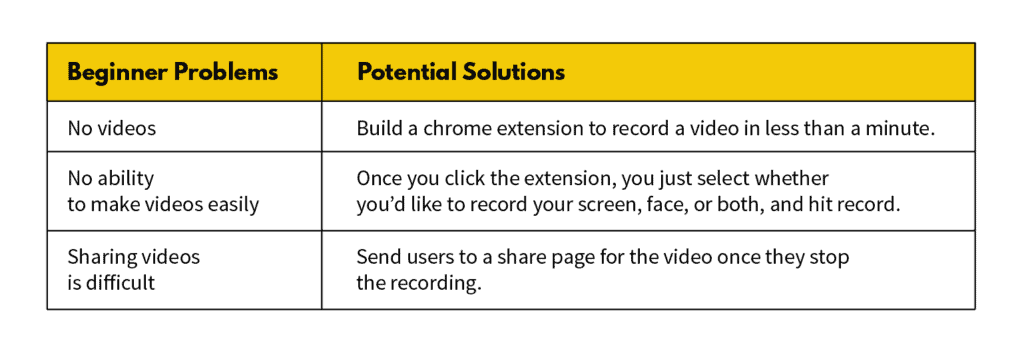
As you can see, each solution solves the initial problem.
Solve all of the beginner problems and your user is ready to upgrade to intermediate problems.
At that point, these users are happy to pay you to help them solve more problems.
In case you’re reading between the lines, yes, your intermediate problems will be the perfect upgrade levers to urge users to become a customer.
But that’s for another article!
Tying Everything Together
"Risk comes from not knowing what you're doing"
Warren Buffet
Freemium is inherently risky.
But, it’s also the future.
As software becomes a commodity, customers acquisition costs steadily rise each year, and as customer willingness to pay for tech continues to go down, freemium isn’t just going to be a nice to have… it’s going to be a life raft that will get your business out of trouble and take you to new heights you never thought were possible.
If you don’t have a free offering, you’re going to miss out on helping the majority of your market with solving their problems.
My challenge to you is this...
Build your freemium model sooner than later.
We can help you do this through our Product-Led Growth Certificate™️ Program.
But, you’re also more than welcome to go on this journey alone.
Either way, don’t miss out on this opportunity.
-Wes
P.S. What’s your one main takeaway from this article?

